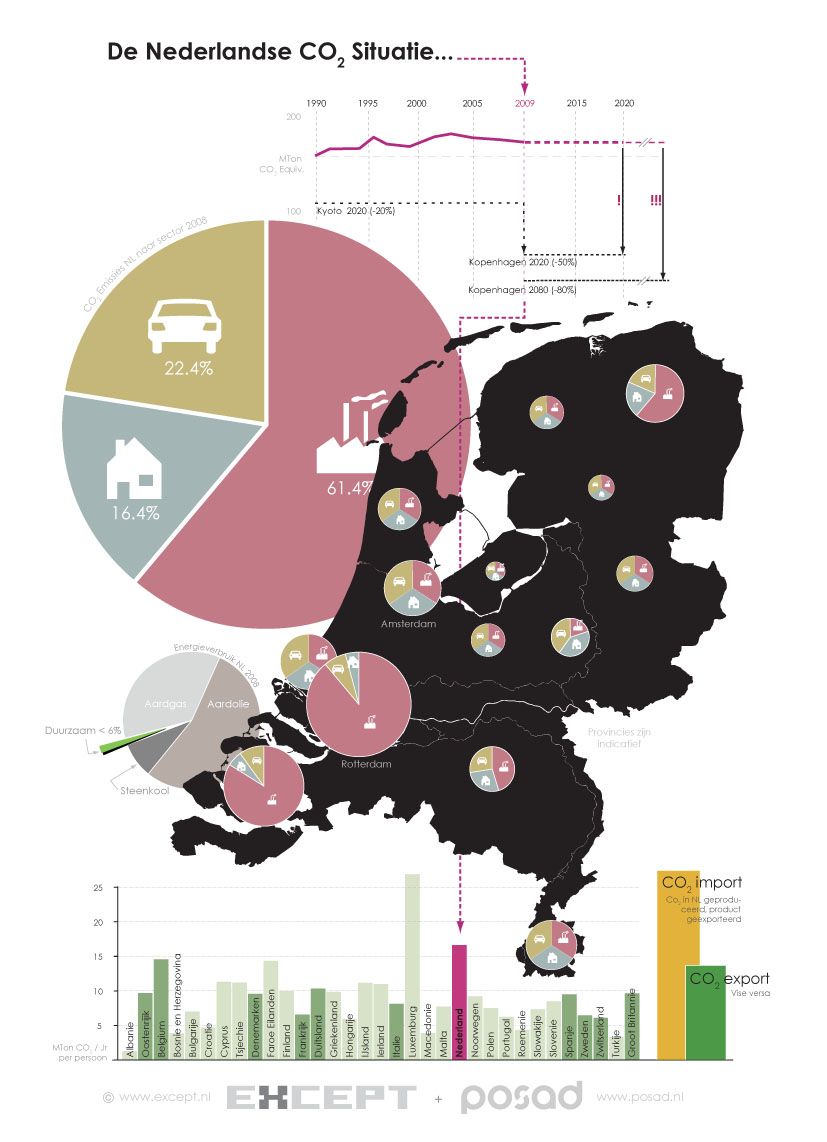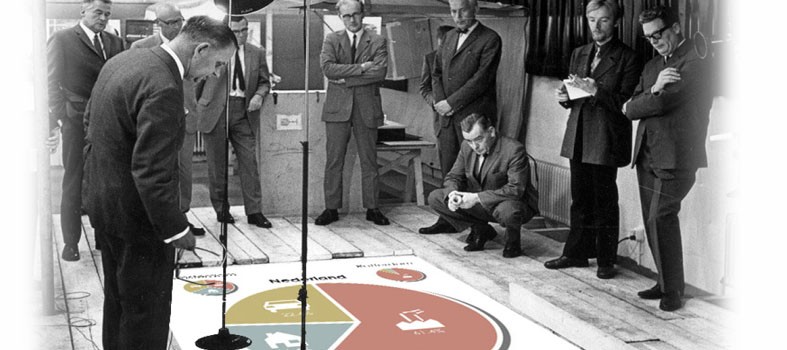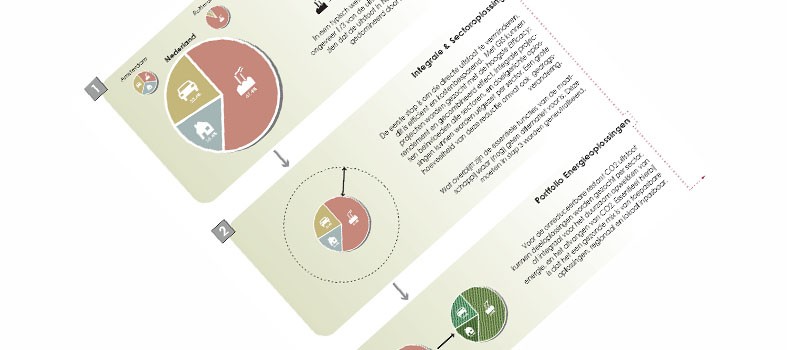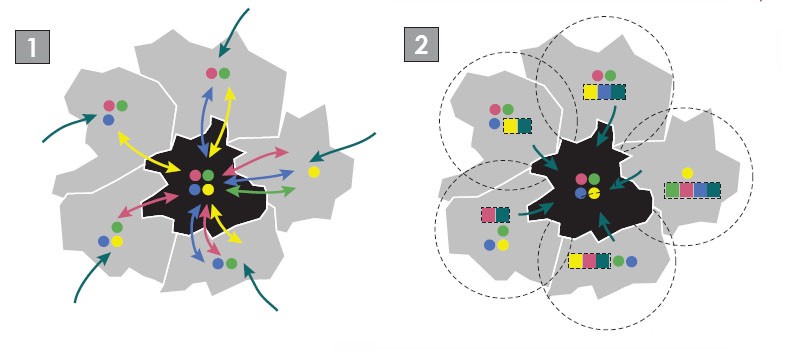

Netherlands CO2040
Can the country be CO2-free by 2040?
Aug 01, 2010

What are the key projects necessary to make the Netherlands CO2 neutral in 2040? That was the central and massive question put before Except and Posad by the Dutch ministry. A surprising single answer was found: by applying network, and system analysis, a more transparent, decentralized and accessible data-system is needed to make this happen.
In the CO2040 project, a straightforward solution is presented, with various example cases, to show that without accessible information about what to do, who to approach, where to look, and how to connect cycles, the target of a CO2 neutral country will never materialize.
This problem can be solved by an overarching, national data system that is fully transparent, fully open source, and utilizable by all parties within society.
This way, the necessary connections needed in transportation, the built environment, industry, production chains, and development can be made visible, and concrete action plans developed to tackle the major issues first, with full information transparency.

Making the complexity of the issues tangible can be done by 'mapping’ the relations within the system. This allows the easy and real-time detection of both problems and opportunities and an adequate response time to intercept these 'high efficacy’ areas.
To tackle major carbon-flow issues, a solution is usually found between a combination of societal dynamics, physical intervention, political and popular support, and funding. To get all these parties looking the same way, clear information is needed on the current conditions that impact the situation, how the new position will likely improve, and what needs to be done to achieve this.
Geographical-based data registration and visualization system based on GIS, LCA, and other current technologies could provide the basis for this level of transparency. No new technological inventions need to be made; we could start executing them today.

In the report, we illustrate five concrete examples of how a system such as this could aid in drastically reducing the country’s CO2 output. The examples range in scale and topic area.

The book was well received by the ministry, emphasizing the various data and registration processes on the table. The research was used to create greater awareness of the necessity and power of data transparency within the national setting and its massive impact on national performance, both economic, environmental, and social.
Aug. 1, 2010
Director
Urban Strategist
Posad Spatial Strategies
Urban Strategist
Posad Spatial Strategies